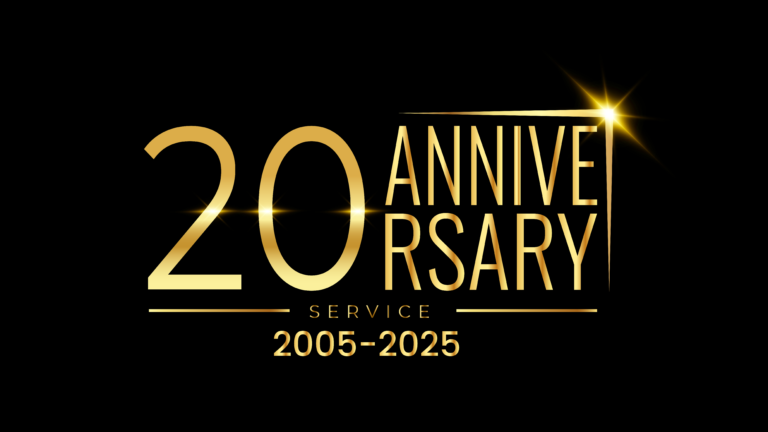Most field service organisations offer scheduled maintenance as part of their servicing contracts. Regular, routine maintenance helps ensure equipment and systems remain continuously operational, minimising downtime and reactive call-outs to fix faults. Many service providing companies are now striving to optimise their field service operations by using data and system insights to help in their quest to keep their client’s equipment running smoothly. In this post we look at how the Internet of Things (IoT) is enabling this whole new approach to field service.
What is Connected Field Service?
The Internet of Things (IoT) refers to the increased internet connectivity of all manner of devices. Cheap, small computer chips in conjunction with widely available wireless networks allow devices to share data and carry out automated actions when required. For example, a smart thermostat might detect a lower temperature in one area of a building and this information is then used by an intelligent heating system to turn up the heat in that specific room.
Connected field service refers to the use of sensors on monitored equipment, connected directly with field service management software, enabling the identification and diagnosis of issues before they become problematic. Real time device monitoring goes way beyond routine service maintenance operations, providing immediate insight into system behaviour and performance. Adding internet connected sensors to monitored systems introduces a whole new level of digital intelligence, allowing connected systems to automatically communicate without the need for human involvement.
Differences Between Field Service and Connected Field Service
Traditionally, field service is involved in the installation and commissioning of new equipment and systems which are then maintained based on routine maintenance schedules. These would involve regular site visits to run through a number of system diagnostic checks and sometimes the replacement of certain parts that might be wearing out or need updating. If a piece of equipment breaks down or begins to perform badly then a reactive service visit is required to fix the problem.
But the absence of sensors to detect when a system is malfunctioning or operating outside of acceptable parameters means that early warning signs can be completely missed which may then result in disastrous and costly system failure.
In a connected field service context, system sensors monitor specific parameters and aspects of system performance. When any of these stray outside of defined limits then automated alerts prompt attention from the service providing organisation before a disastrous system failure occurs.
Benefits of Connected Field Service
This brief description of how connected field service works, using sensors, the Internet of Things (IoT) and centralised field service management software, demonstrates how beneficial this approach can be for both system owners and service providers. Here are just some of the key advantages provided by connected field service.
1. Lower Maintenance Costs
Monitoring systems in real time means that issues can be detected and resolved before they get worse and possibly cause disastrous and expensive system failure. Remote system monitoring reduces the need for routine maintenance visits to check on system performance and the frequency of call-outs to deal with system faults is enormously reduced. Maintenance costs are therefore significantly lower when connected field service is implemented.
2. Reduced System Downtime
Downtime, wherein systems are completely out of action while awaiting and undergoing repair, is significantly reduced by employing connected field service. Field service organisations can be alerted to imminent system failure warning signs even before a customer is aware there is a developing issue.
3. Faster Repair Times
Data derived from system sensors provides what’s required to dispatch the right technicians and engineers, who have the necessary skills and experience, to a customer’s site. This detailed system insight also enables intelligent decisions to be made regarding spare parts that might be needed. This all contributes toward faster repair times and improving the first-time fix rate.
Enhanced Customer Satisfaction
It is widely recognised that first-time fix rate contributes toward high customer satisfaction ratings. And an effective, connected field service process will further enhance customer satisfaction.
Maximised Upselling and Cross-selling Opportunities
Connected field service provides valuable insight into how customers use their systems and equipment. This insight can present many upselling and cross selling opportunities.
Why choose Red Zebra?
Our Field Service Management Software is already used by many businesses across a huge range of industries keen to ensure maximum efficiency in their field service operations. The versatile software can be configured to meet the specific requirements of any service provider with a mobile workforce. Contact us to find out more.
Email [email protected] or call 01296 350350.


